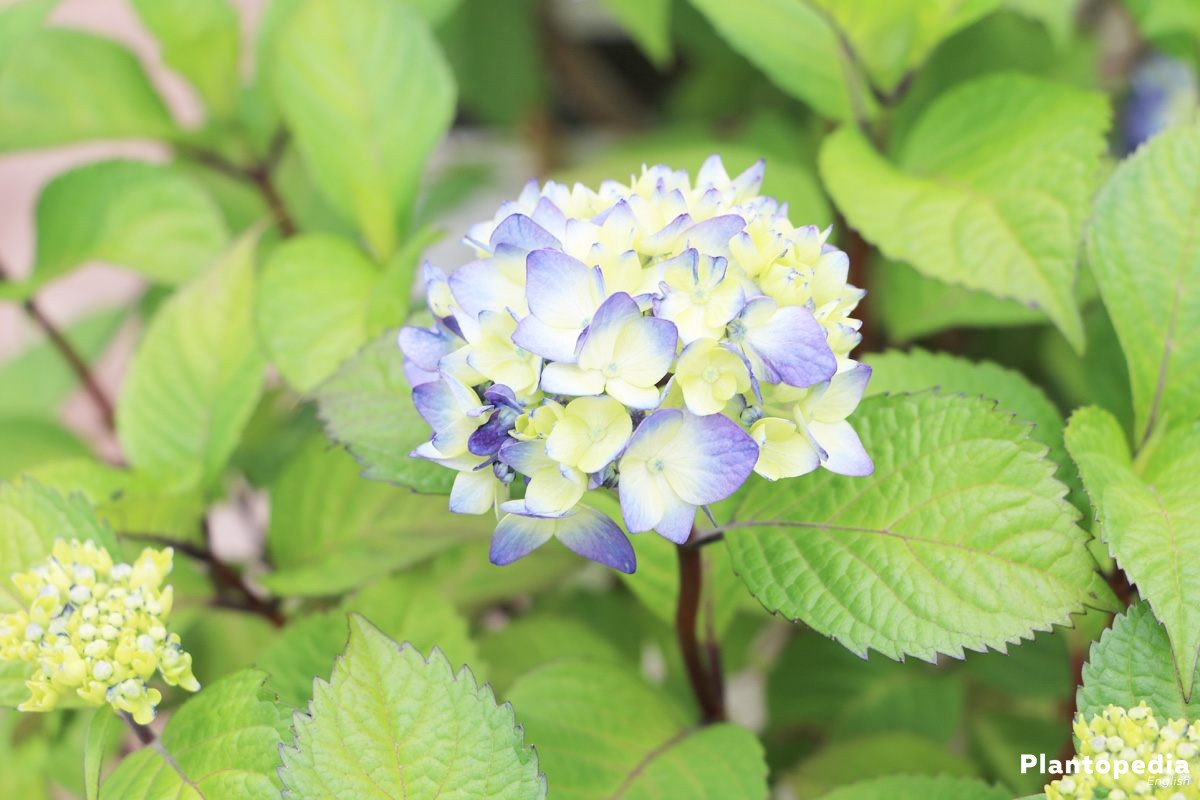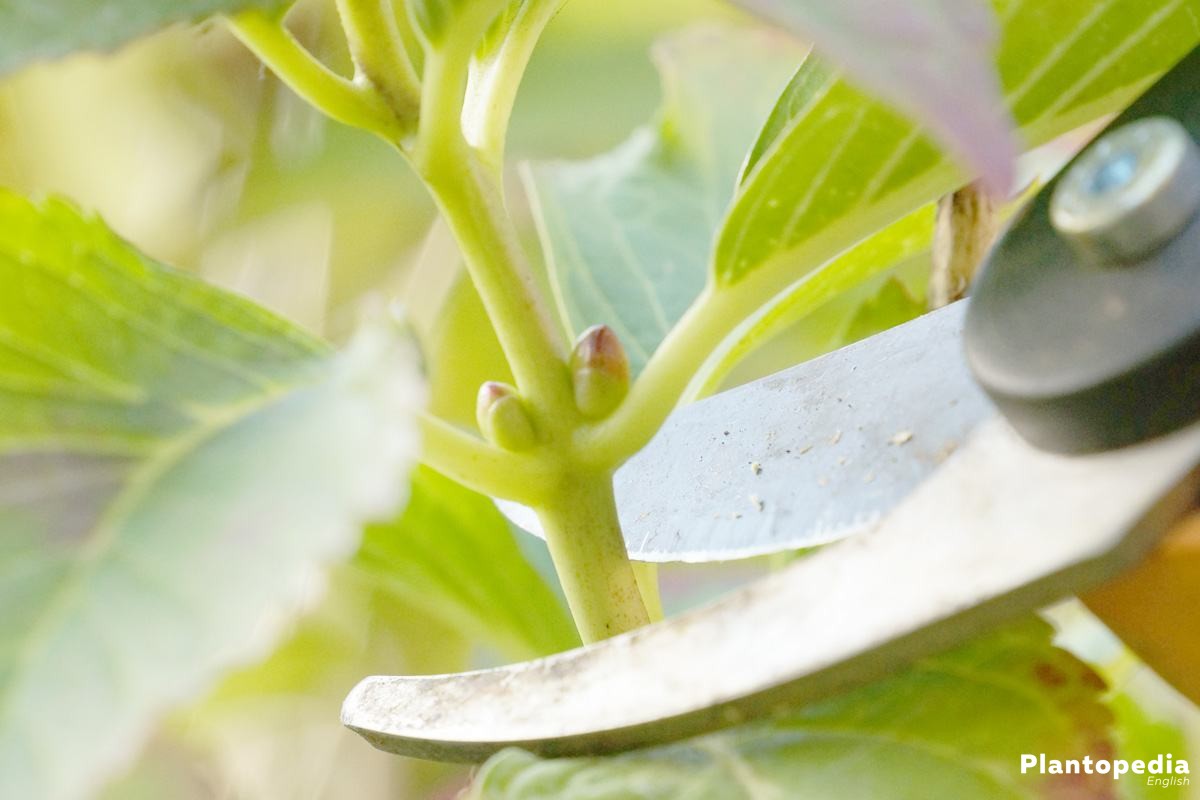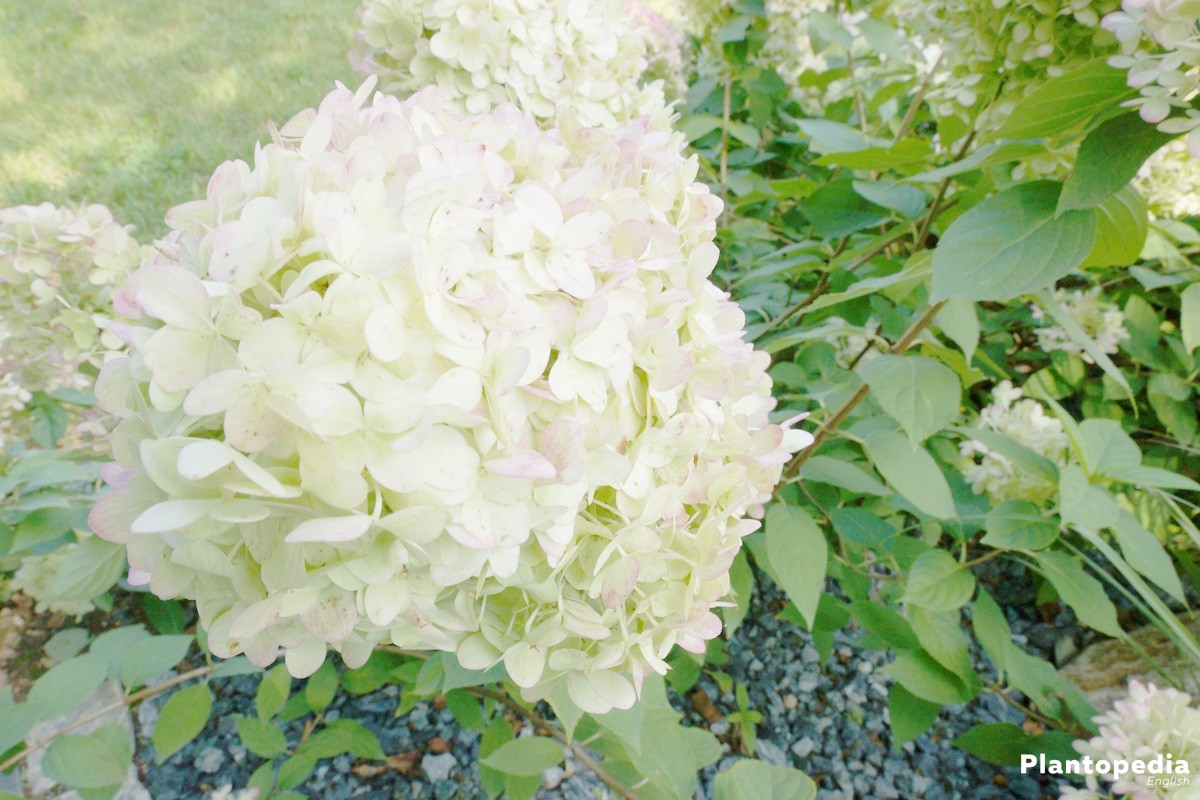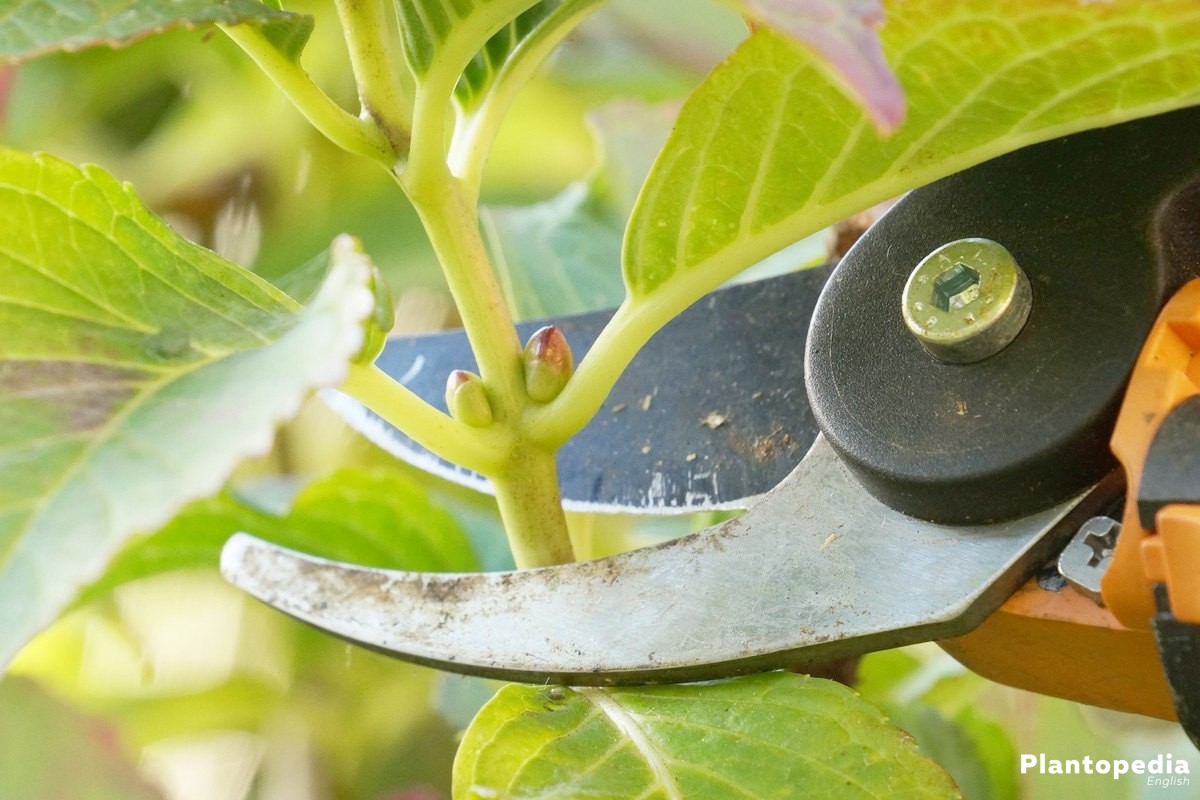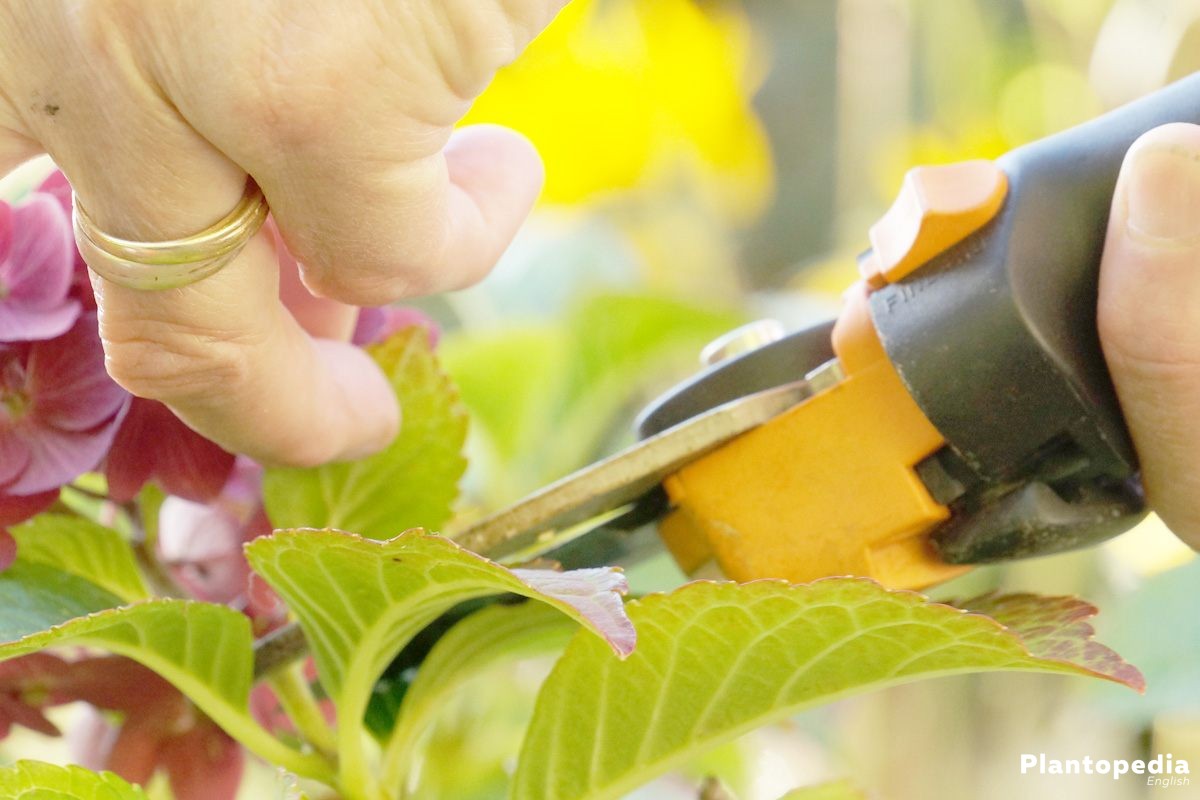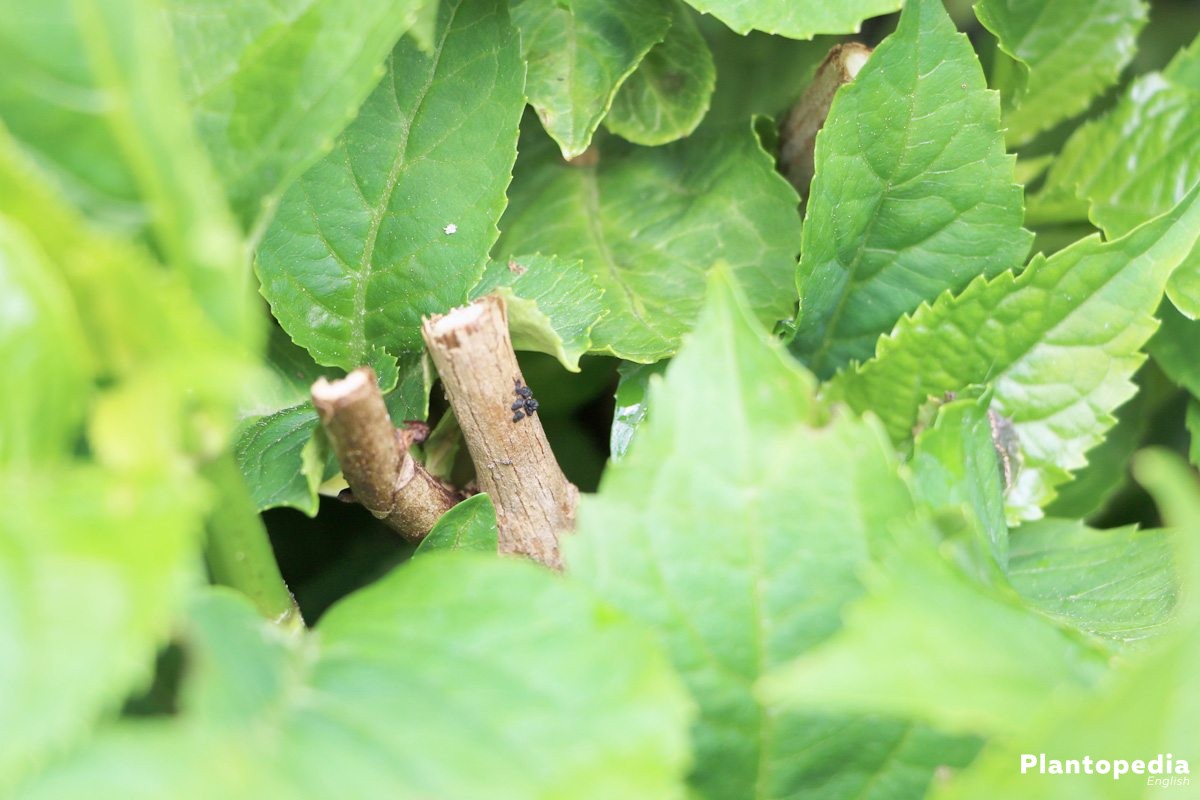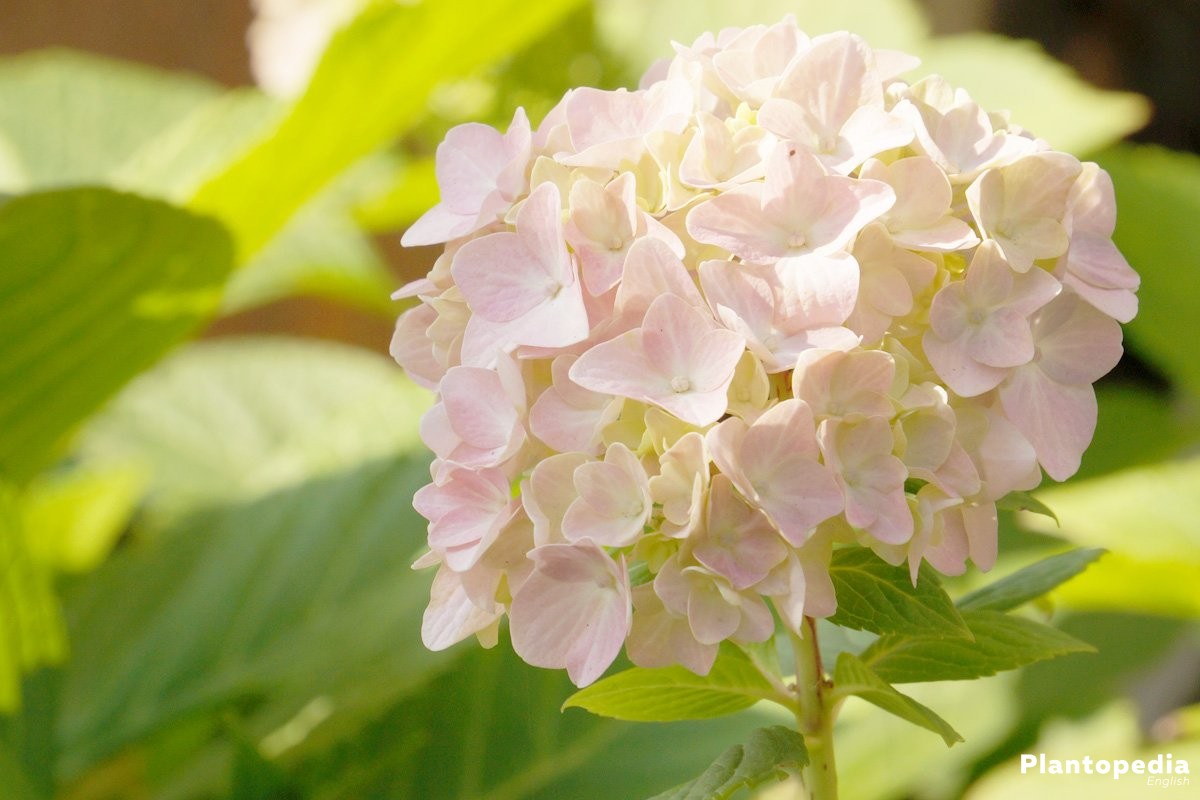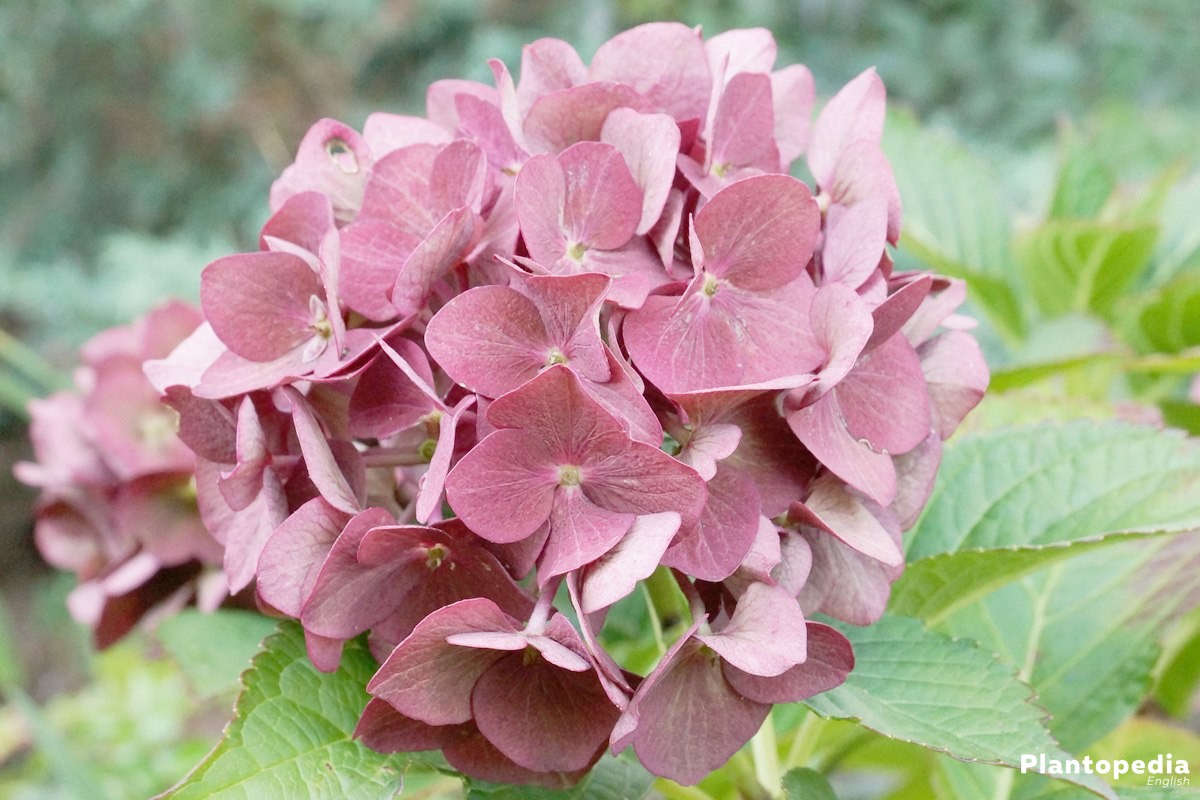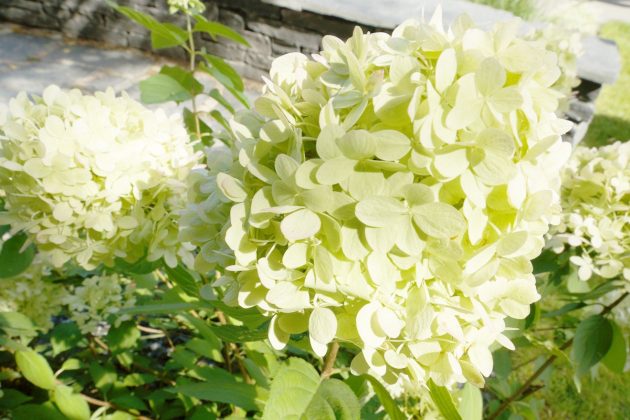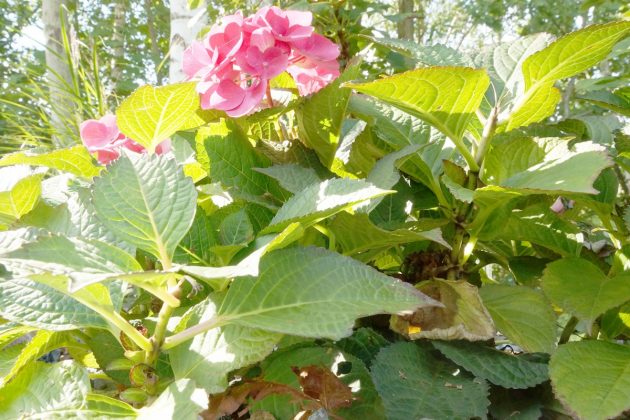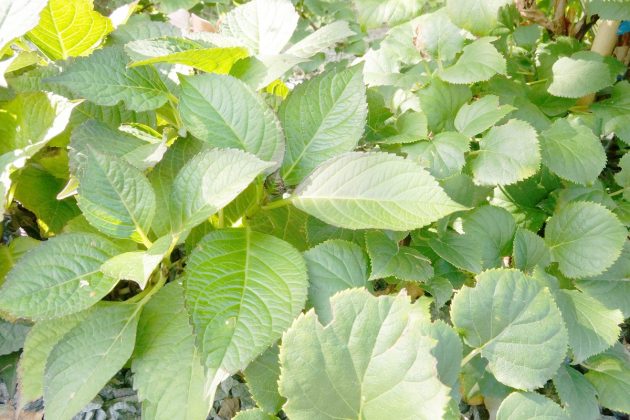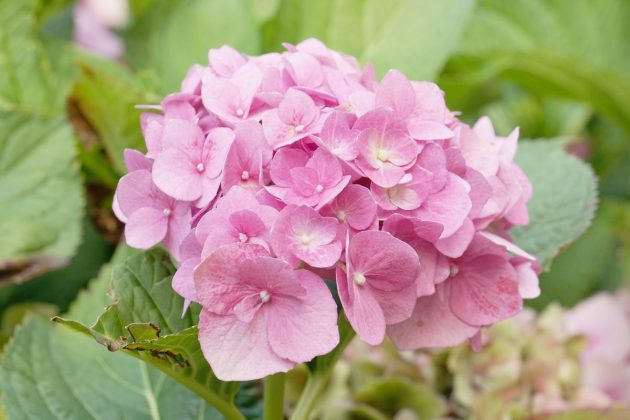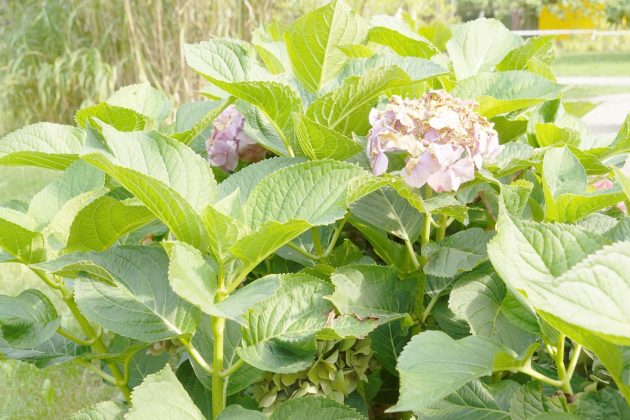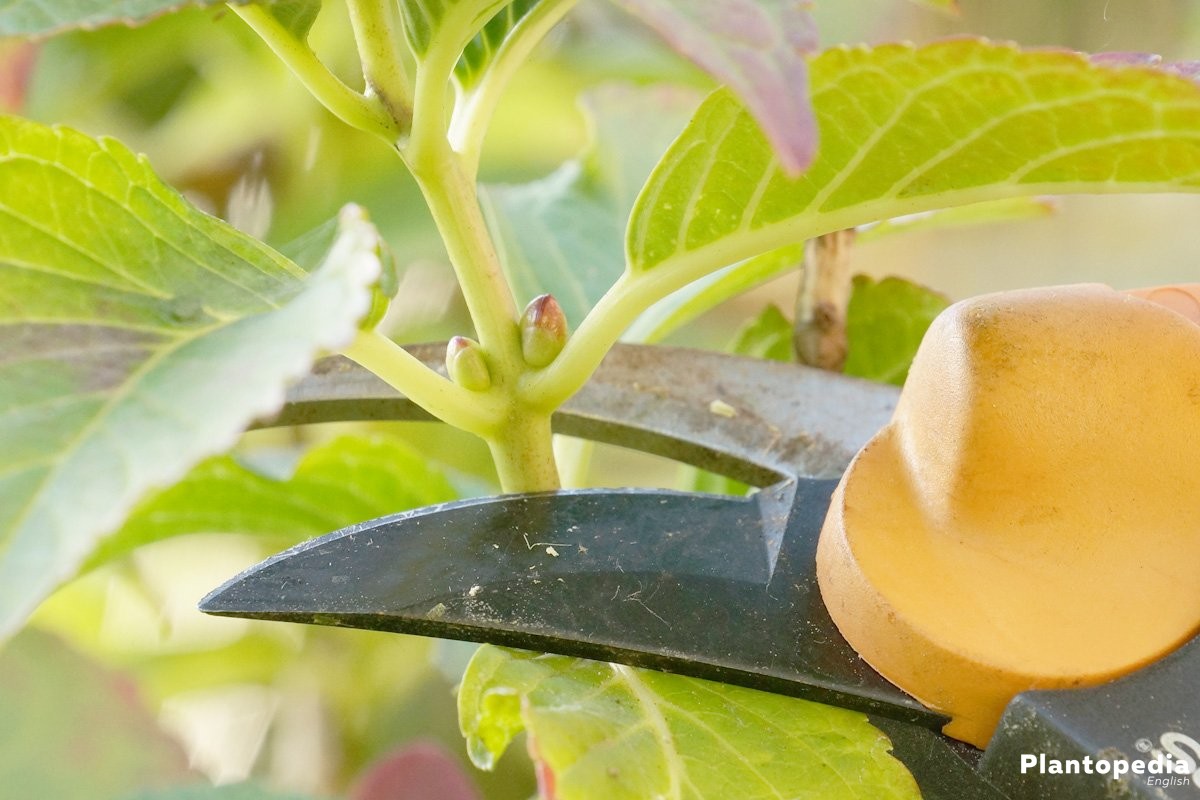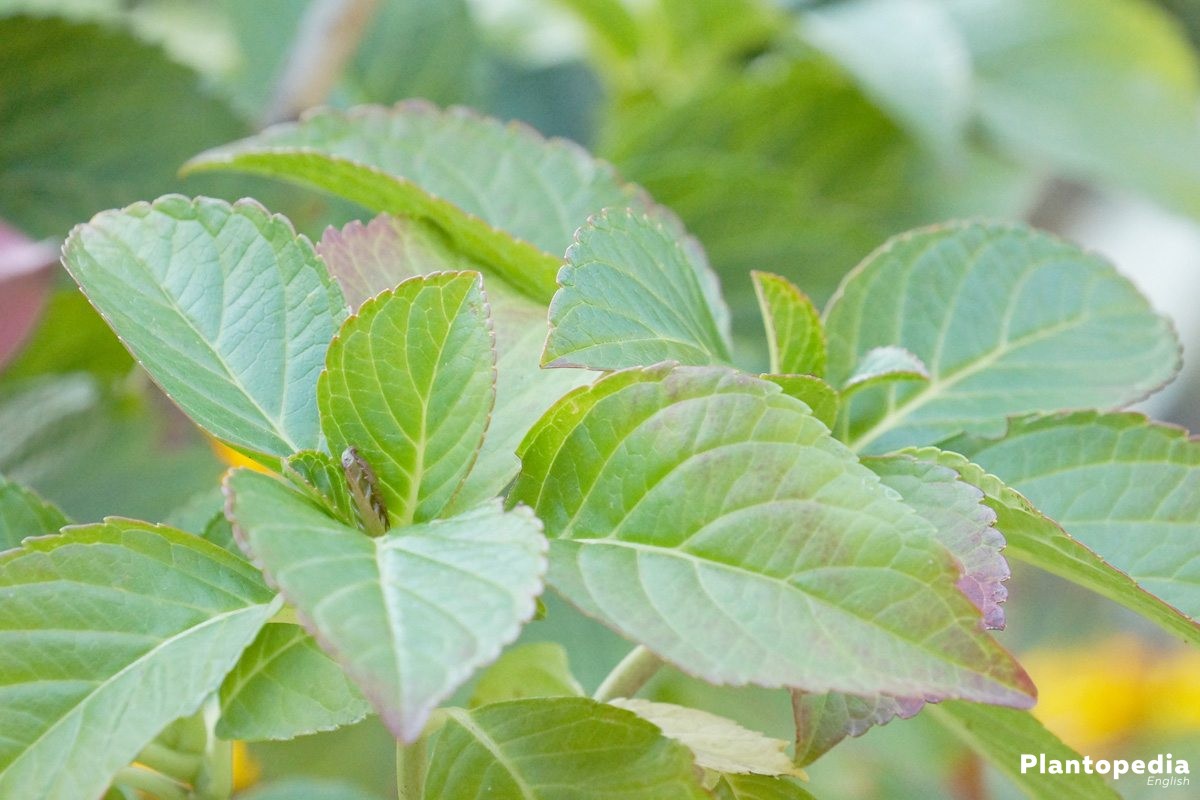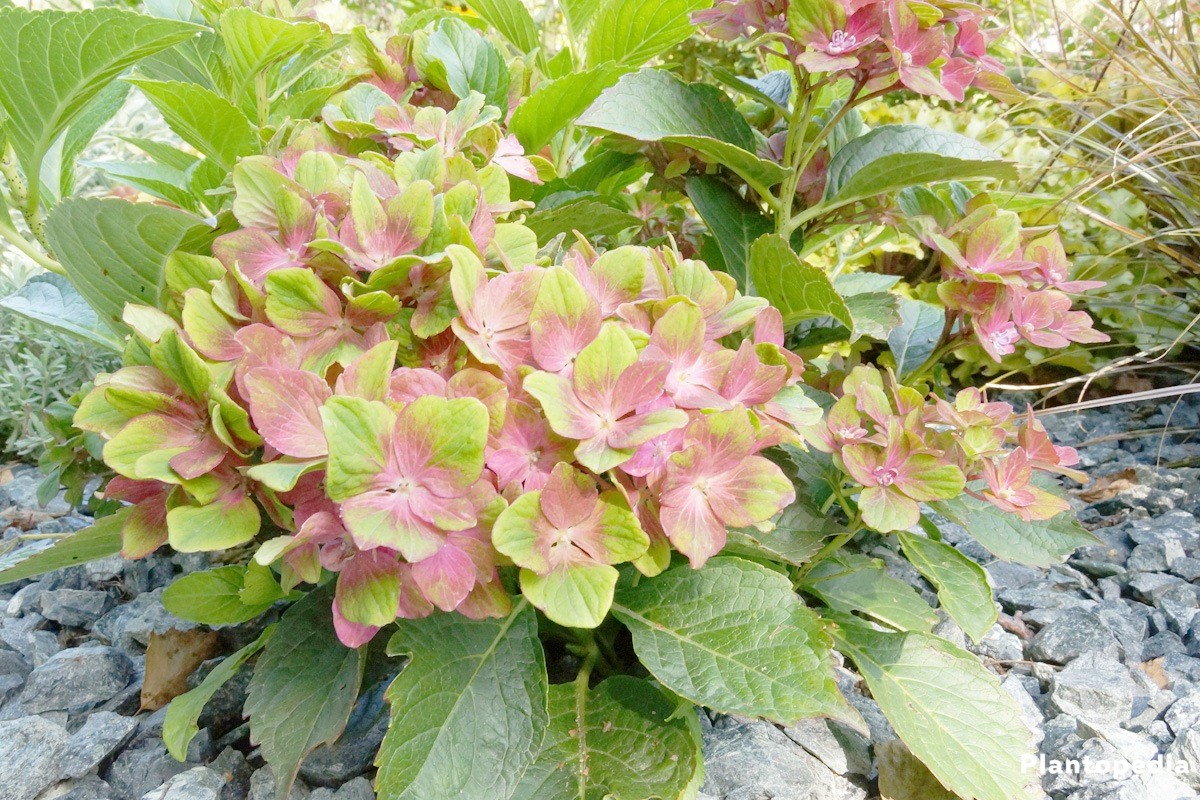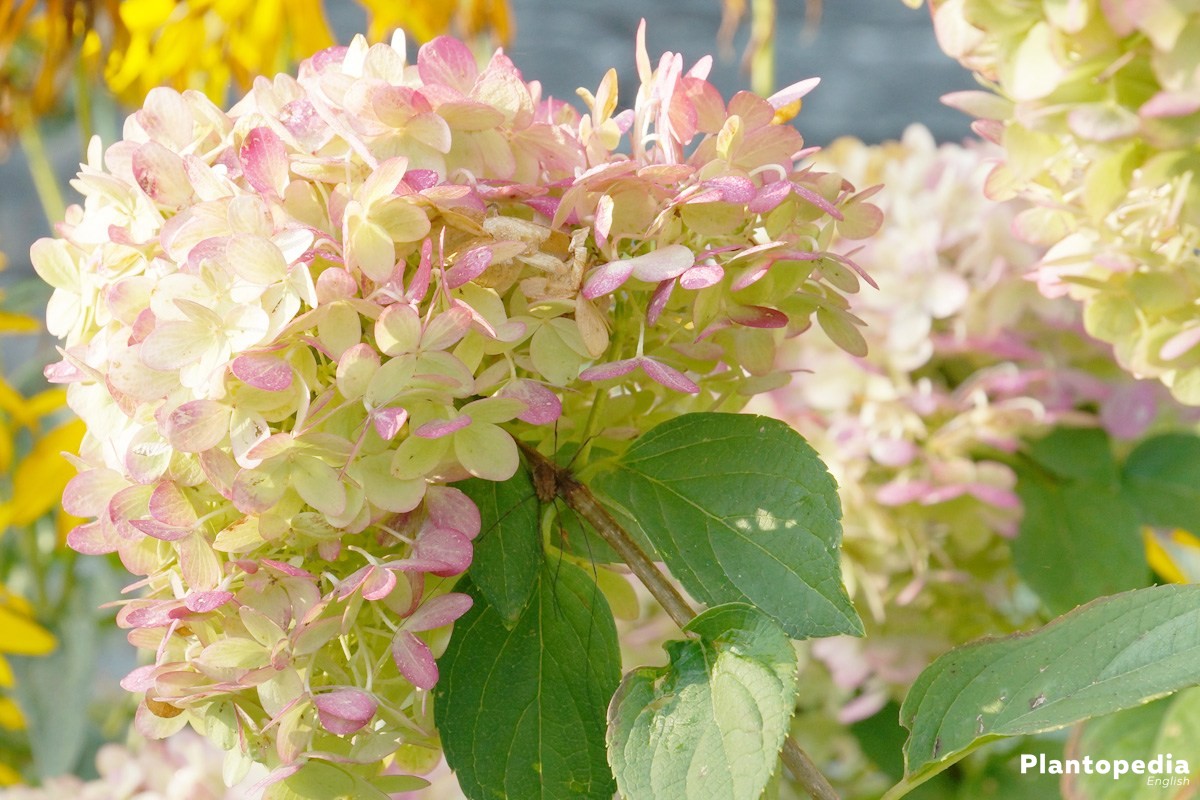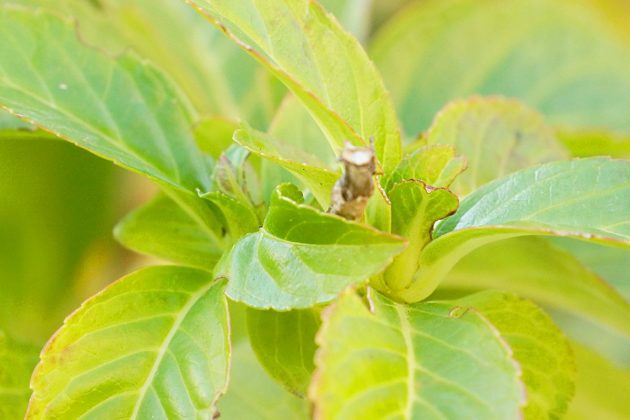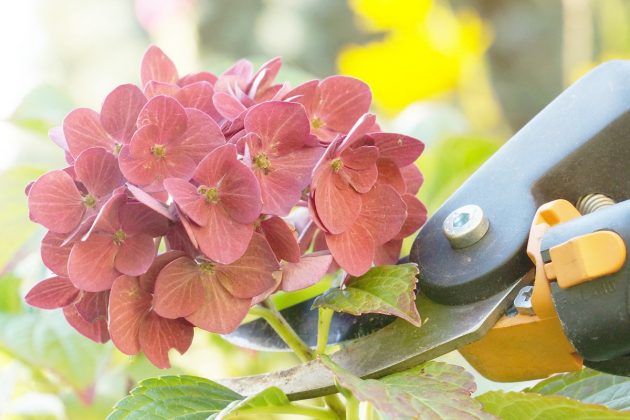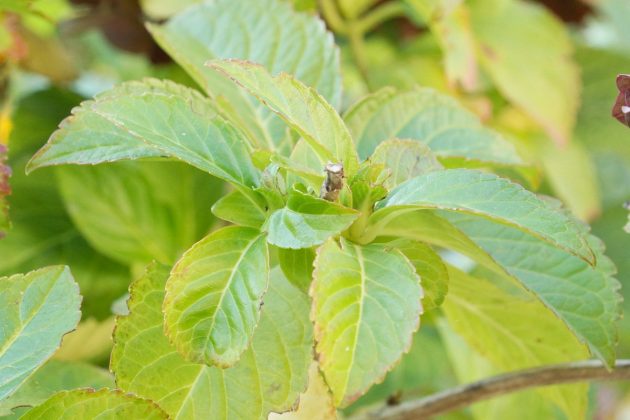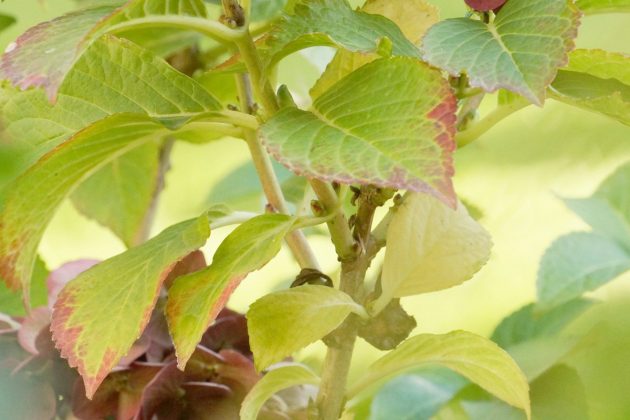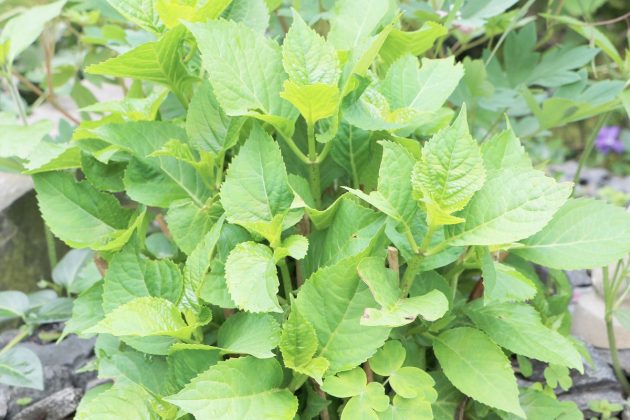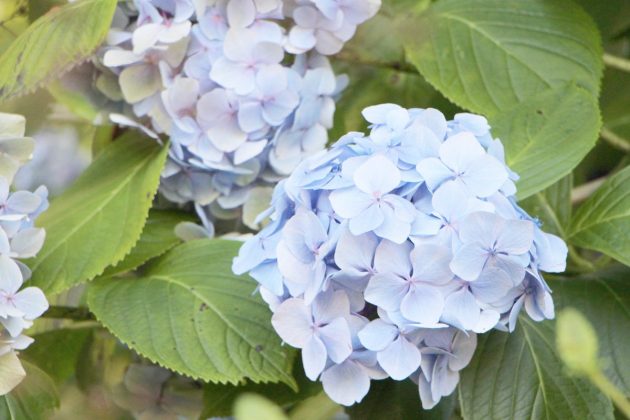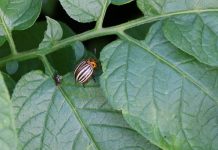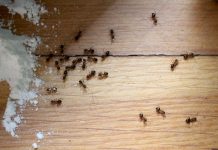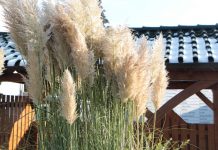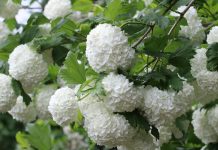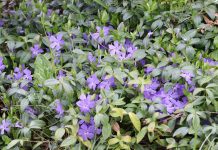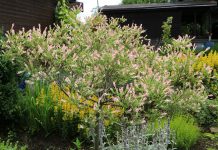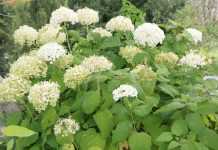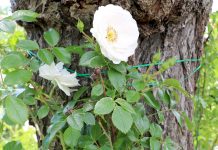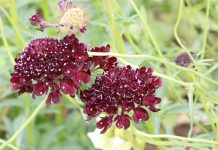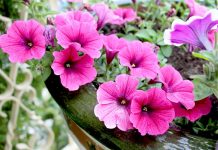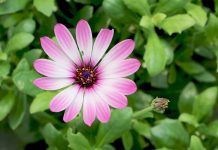Hydrangea is one of the easiest garden plants to care for and therefore one of the most popular. But even the most uncomplicated plant needs some cutting from time to time for better flourishing. Most of the hobby gardeners are not sure about when and how to cut hydrangeas. Thereby the cut themselves is quite simple, as long as you know what variety of hydrangeas it is. This guidance for the perfect hydrangeas cut will help you.
Plant Profile
Contents
- Plant family: Hydrangeaceae
- Genus: Hydrangea
- Trivial name: Hydrangea
- Origin: Asia, South and North America, Azores
- sub-shrubs, shrubs, small trees or lianas
- Plant height: up to 4 meters, rarely up to 15 meters and 5 meters’ wide
- Heyday from June to September
- Flower color: Blue, white, rose
- infertile exhibition flowers with big sepals
- evergreen garden plant
- can be planted in the garden or pots
- perennial plant
- conditionally winter proof
The hydrangeas bloom beautifully in the summer and even in winter there might be some color attribute – depending on the variety. After the perfect location is found and you have an optimal care for it then you only need a regular cutting for the perfect blooming.
Care
This is essential for the hydrangeas to ensure good and healthy growing and therefore will carry many flowers. In this cutting-guidance you will learn when it is the best time is for cutting and how you should proceed to get a good and strong growing hydrangeas with many colorful flowers.
Cutting-Guidance
The be-all and end-all for the perfect cutting of hydrangeas is to know the variety of the hydrangeas which you want to cut. Since the sprouting of the braches and flowers can be different regarding the variety, the time frame and the cutting scope is not always identically.
But with a small trick you can avoid to learn knowledge about all varieties. If you observe some details, then the cutting is quickly accomplished and the hydrangeas will give it back to you with a good growth and numerous flowers.
Unknown Variety of Hydrangeas
If you don´t know the variety of your hydrangeas in your garden or pot than usually a close lock to the flower bud formation can help.
Basically the hydrangeas are divided into two different categories for the optimal cutting time:
- Hydrangeas that are form their flower buds in the late autumn
- Hydrangeas that are form their flower buds in spring
- Hydrangeas that form flower buds several times a year
If you want to find out to what categories your hydrangeas belong, then you only have to watch your plant in autumn and search for flower bud formations. Has the hydrangeas no flower bud formation then it can be sorted to the one who are forming their flower buds in spring.
If you can see a flower bud formation, then is it not necessarily the one who is forming their flower buds in the late autumn. It could also be a hydrangea that forms flower buds several times a year and then it would be counted into the third category. In such a case, you should investigate your plant several times during the first year of planting.
Cutting Tool
You need the right cutting tools for cutting hydrangeas. Basically you should avoid using jagged knives and blunt cutting tools and therefore the cutting edges don´t fray out.
Additionally, it is beneficial if you disinfect the cutting surfaces of the cutting tools before every pruning. In this way the spreading of diseases can be avoided. fungal infections or pests that are on one plant and you are using the same tool for cutting another.
A cleaning of the tool with a mixture of a soap solution and some spirits should be enough to eliminate all pests and transferable germs. Another trick is to rub it into alcohol and afterwards heat the cutting knife up for about 5 minutes.
After the disinfection and cleaning of the tool it should be cooled down or dried carefully. Do not use an electrical hedge or shrub trimmer for the pruning. The branches of a fully-grown hydrangeas are usually too thick to be trimmed properly by a hedge trimmer. Alternatively, you can use a chainsaw which is useful for high and wide hydrangeas and a complete pruning. Thereby make sure the blades are sharp to avoid a fray out of the branch edges.
Telescopic trimmers are useful for high grown hydrangeas and high climbing hydrangeas. With this you will have a better overview about the hydrangeas and the cutting is finally more regular.
Your Safety
Please be always aware about your own safety during gardening. Before using any electronical tool for cutting make sure that these work properly and obey the safety regulations of the manufacturer.
Always wear goggles and safety gloves. Many branches of the hydrangeas are very flexible and with a wrong handling during cutting these can overstretch and might then slip back. Especially your eyes are in danger in this situation. Long clothing avoids whippings on your skin.
The usage of a single ladder that is leaning against the hydrangeas is not recommended. The hydrangea is not stable enough to withstand the weight. You would quickly break into the hydrangea with your single ladder and you may get insured badly. Use always a stepladder or folding ladder which is stand-alone.
Flower Cutting
During and after the blossom, you should remove the witted flowers. This will support the growing of new flower buds and during heyday new flower buds will be formed faster.
For the removal of the witted flowers, you should not use any cutting tools like scissors or knives. It is more beneficial to break out the flowers by hand. Therefore, you grab with your fingers the flower head above the leaf bases and break it carefully sideward. If you can´t reach the flower on higher positions, then you can of course use a scissor on top of a telescopic bar.
Vase Cutting
The flowers of hydrangeas are very decorative inside vases and give every room a summer flair. The best time for a vase cutting is during august, when the flowers are perfect. You can see this if you compare the stability of the flowers during June or July with the stability in August. Earlier the flowers are soft and gentle.
Later the hydrangea flower is becoming firmer and riper. This is exactly the perfect moment to cut the flower for putting them into a vase and they will convince you with a high color intensity. If the color intensity decreases, then you can use the dried flowers as decoration in some decorative bowls as well.
Cutting-Date
When it is about the perfect date for cutting the hydrangeas then the different varieties are divided into different time-categories.
- Pruning in spring
- Pruning in autumn
- several times of pruning
This is basically depending on the time of their sprouting. If you do not know the variety your hydrangea, then you can see the description in the section ‘Unknown variety of hydrangeas’ and find orientation to define the group of your plant.
When you know the different varieties of your hydrangeas then the following list can be used as a timetable.
Hydrangea Categories
First Category
Pruning during spring for the hydrangeas that has flower buds in the beginning of the last winter.
- Hydrangea macrophylla
- Hydrangea petiolaris
- Hydrangea serrata
- Hydrangea quercifolia
- Hydrangea aspera
- Hydrangea arborensis
The cutting of the mentioned variety should be limited to the dead twigs and frozen shoots. If you cut to than the plan will carry less flowers.
The shoots of the Hydrangea petiolaris shouldn´t be rise to far from supporting walls or trellises. Otherwise the plant can during blossom loose stability and break down forwards. It is recommended that mostly the twigs in front of the hydrangea are pruned so that the balance and stability during blossom is guaranteed.
Second Category
Pruning in autumn for the variety that form flower buds in the same year.
- Hydrangea paniculata
- Hydrangea arborescens
- Hydrangea quercifoli
The Hydrangea paniculata, Hydrangea arborescens and Hydrangea quercifolia tolerate an extensive pruning during autumn. They will treat you with a strong and bushy growth as well as with many flowers during the next heyday.
Third Category
Several times of pruning for hydrangeas that are forming flower buds a few times a year.
- Hydrangea macrophylla with the sub-varieties:
- Endless Summer
- Twist’n Shout
- The Bride
- Bella Anna
The sub types of the mentioned Hydrangea macrophylla are sprouting several times a year and therefore the exception clause for the pruning will be used for them. Due to their repeatedly growing flower buds during the year, they need enough strength and they will get it with help of the pruning. The spring and autumn are optimal for this.
During autumn it is advisable to only cut the hydrangeas into a form to bring the plant over the winter. In the spring a heavy cutting is more possible. Then the plant can strongly start into summer and will have enough energy to survive the upcoming winter. Additionally, the witted flowers should be removed constantly throughout the year, how to remove the flower correctly is described in the section ‘Flower Cutting’. In this way new shoots can be generated faster.
Radically Cut
The radically cut is usually only used when there are special circumstances and is not common for the respective cutting-season. During a radically cut the hydrangeas are trimmed to 15 – 20 centimeter above the ground. About three to five eyes should remain in the end.
The whole sense of this radically gut is depending on the respective circumstances which are making this step necessary. But the target of such a rejuvenation cut is always the same: to get a healthy and magnificent hydrangea.
The followings reasons can explain such a radically cut:
- if the last trimming was some years ago
- if the hydrogen lightens more and more
- if the plant has a fungal infection
- if the hydrangea has pests
- if the hydrangea has root rot
- if the plant has frost damages
The perfect time for a radically cut is usually the late winter, independently from the cutting-time-categories the hydrangeas pertain to. But if an immediately action is required then the radically cut can be done at every time. This can be the case, when the hydrangea has pests or a fungal infection and it can spread to neighboring plants.
After a radically cut there will be a cutting break for one year. Not until the following year another cut is necessary at the familiar time. Hereby, the main shoots are trimmed by one third and no more than three weak shoots should be left.
Subsequently to this, the hydrangea shouldn´t be pruned for the following two or three years. Please note that after such a radically cut the hydrangeas need up to three years for a recover and for forming flower buds again.
Additional Tips
Cut your hydrangeas always on frost-free days otherwise the cutting surfaces of a hydrangea can cause a frostbite of whole twigs. Select also a rain-free day for cutting, since the cutting surfaces need to dry quickly. Not only the rainwater keeps the cutting surface wet it also increases the humidity. This support a slower drying of the cutting surfaces. Wet cutting surfaces are supporting the risk to get diseases.
Alternatively, you can apply sulfur powder onto the cutting surfaces. Sulfur powder dries out the surfaces fast. But this should also take place on a rain-free day therefore the powder is not washed away by the rain.
Cut the shoots diagonally. The diagonally cut lets the rain and irrigation water drain of. Moreover, the diagonally cut prevents fungal and mold infestations. For this infestations a freshly trimmed hydrangeas is vulnerable. Please leave at least three to five centimes space between the cutting surface and a flower bud. If you completely cut a shoot, then make sure that no stub is left.
The removal of shoots that are growing crosswise or inwards is also advisable like the removal of witted flower and witted flower buds; independently from the cutting time of the hydrangea.


